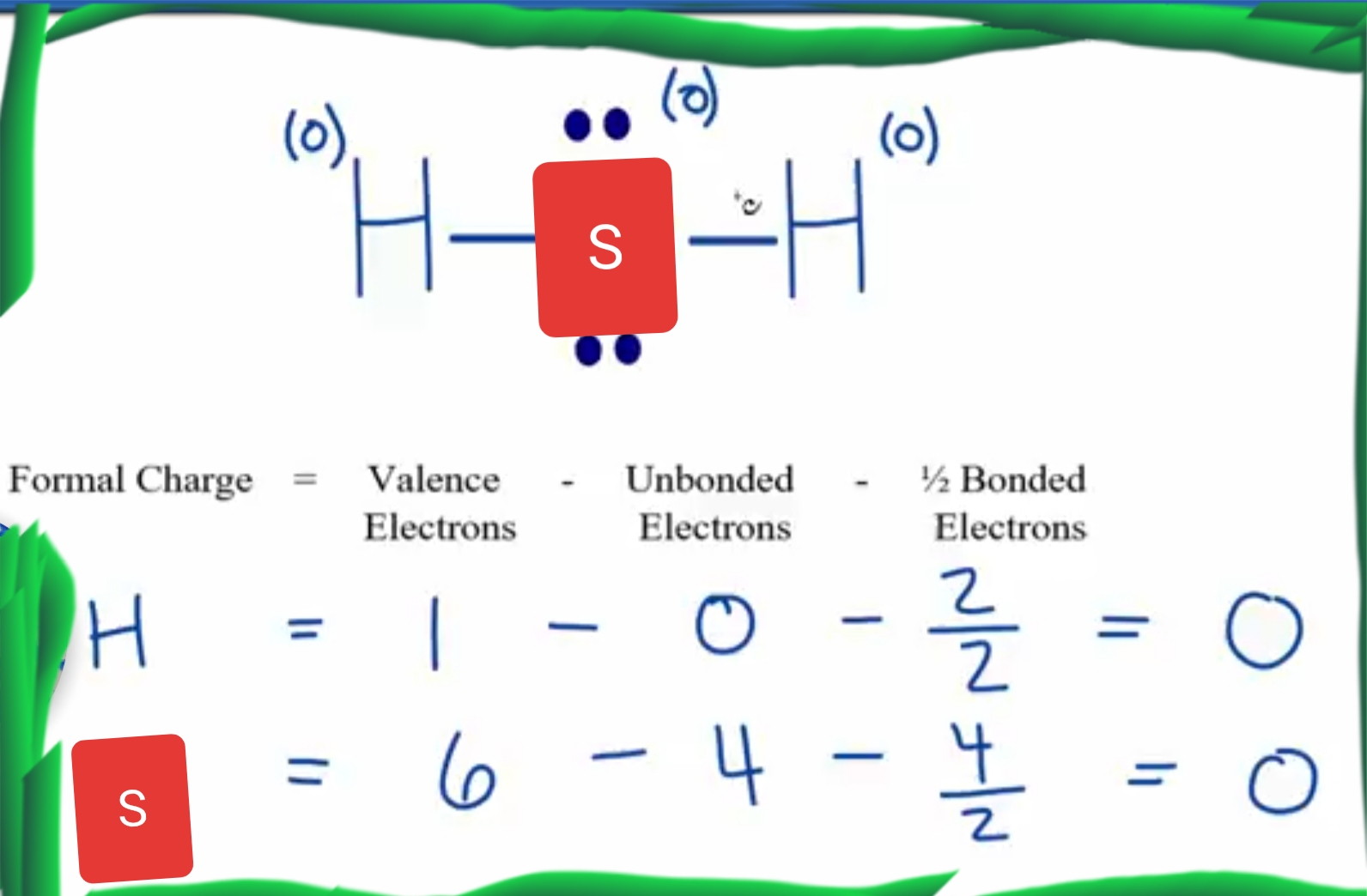

The ammonium sulfide molar mass can be determined from the ammonium sulfide chemical formula (or ammonium sulphide chemical formula) 68.154 g/mol. The IUPAC name of the compound is ammonium sulfide and the formula of ammonium sulfide is given as (NH 4 ) 2 S. It is more commonly known as a “stink bomb” because of its explosive properties. 4 (1966).Ammonium sulphide or ammonium sulfide is a chemical compound that is composed of sulphur and ammonium ions. Solozhenkin, “The flotabilities of bismuth minerals,” Dokl. Kabanov, Kinetics of Electrode Processes, Izd.

Skorchelleti, Theoretical Electrochemistry, Goskhimizdat, Moscow (1959).Ī. Shafeev, “Use of radioactive isotopes for studying the interrelation of the semiconductive properties of the surfaces of sulfide minerals and attachment of xanthate,” Papers of the Second Leningrad Conference on the Use of Radioactive Isotopes in the Coal and Ore Industries, Summaries of Reports, Vol. Ryskin, Study of the Electrochemical Properties of Sulfide Minerals during Reactions with Certain Reagents, Author's Abstract, Moscow (1965). Tikhonov, “A method for measuring potentials on minerals,” Tsvetnye Metally, No. Mitrofanov, “Study of electrocapillary phenomena at the boundary between a mineral and a xanthate solution,” Izv. Abramov, “Causes of the depressant effect of sodium sulfide on pyrite flotation,” Tsvetnye Metally, No. Abramov “Mechanism of the effect of xanthate and xanthogenide during flotation of pyrite,” Tsvetnye Metally, No. Abramov, “Sorption of laurylamine during flotation of chalcopyrite,” Obogaschenie Rud, No. Abramov, “Character of attachment of butyl xanthate and dixanthogenide and the flotability of chalcopyrite,” Obogaschenie Rud, No. Abramov, “The products of oxidation of galena in distilled water,” Obogaschenie Rud, No. Abramov, “Effect of solution alkalinity on the surface state of chalcopyrite,” Obogashchenie Rud, No. Abramov, “Electrochemical measurements in the study of the surfaces of minerals and solutions,” Obogashchenie Rud, No. Kitchener, “Electrochemical study of the galenaxanthate-oxygen flotation system,” Bull. Salamy, The Application of Electrochemical Methods to Problems in Flotation, Ph.D Thesis, University of Melbourne (1952). Kremer, Electrical Properties of Surfaces and Their Importance for Flotation, Nauchn. Zhdanova, “Electrochemical study of processes on the surfaces of crystals of heavy-metal sulfides,” ZhFKh, 28, No. Shafeev, “Some characteristics of flotation properties of sulfide minerals,” Nauchn. Shafeev, “On the mechanism of formation of electrochemical nonuniformity of sulfide minerals,” Dokl. Shafeev, “Effect of chemical nonuniformity on the surfaces of sulfide minerals on xanthate distribution under flotation conditions, Dokl. The difference between the maximum xanthate sorption potentials for bismuthinite (+175 mV) and chalcopyrite (+225 mV) and the presence of a wide range of increased sorption potentials for cosalite (200\2-250 mV) should be utilized for selective separation of these minerals. An air bubble is not detached from the surface of sphalerite, even at high polarization potentials (\t-1900 mV), owing to the absence of a change in the state of the absorption layer. The value of the polarization potential necessary for removal of the air bubble (toluene drop) depends on the amount of collector and the nature of the mineral.


Maximum sorption of the collector on metallic and native bismuth is observerved at markedly different potentials (at −25 and +50 mV, respectively).ĭetachment of air bubbles and a toluene drop from mineral surfaces takes place during cathodic polarization. Chalcopyrite, cosalite, and activated sphalerite exhibit two xanthate sorption maxima in the range of positive values of the surface charge, owing to the presence of binary salts. Sorption of xanthate on sulfide minerals depends on the surface charge.


 0 kommentar(er)
0 kommentar(er)
